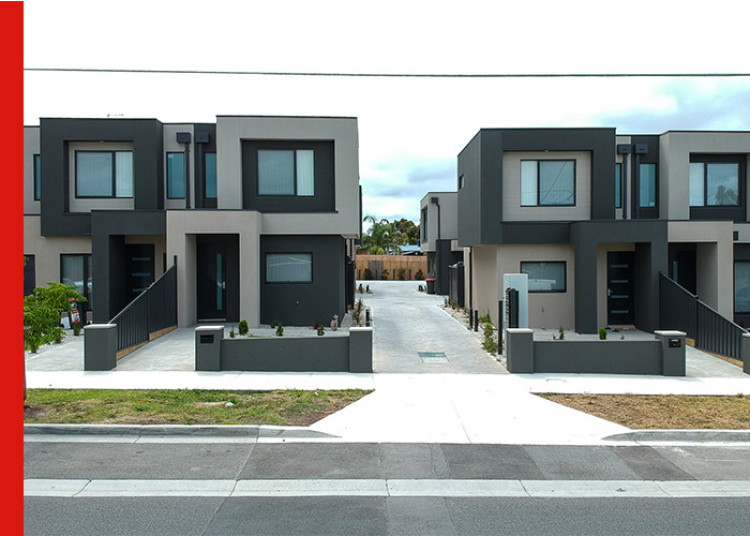
The way we live is changing, and that’s changing our housing market, too. The traditional nuclear family has been on the decline with both smaller households and intergenerational living on the rise. What does that mean for the future of Kiwi houses?
House sizes have been falling since their 2010 peak
For a long time, new houses kept getting larger – from an average of 100m2 in the 1970s to a peak of 200m2 in 2010. But that trend has now reversed, with average floor areas falling to 158m2 in 2019. This has been driven by a fall in the size of standalone houses and the rise of townhouses and retirement units. Several factors are putting downward pressure on house sizes, including high prices, customer demand, and what developers are choosing to build.
“There’s been a huge upswing in the number of townhouses, but it’s a little bit chicken and egg,” says Kelvin Davidson, Chief Property Economist at CoreLogic.
“Is that just what developers have built, so that’s what people have to buy? Or is it consumer preference? I think it’s probably a bit of both.”
An aging population and cultural changes
Demographic factors have an important part to play in the type of housing Kiwis need. Over time, the fertility rate in Aotearoa has fallen, the marriage rate has dropped, and single-parent families have increased. We’re living longer, too, so there’s more demand for small houses at all stages of life.
Simultaneously there’s been a lifestyle shift away from the old quarter-acre paradise with a lawn and a big garden.
“When it comes to gardening and mowing, people would rather have a small lawn, or even an artificial lawn,” Davidson said.
“I don’t know whether this is a choice or just because a garden costs too much – it could be about affordability, or it could be a cultural thing where people would just rather do other things.”
A divergence in the market
But while demographic movements cause slow market shifts, financial pressures force immediate change. With the price of accommodation still high and inflation driving up the cost of living, multi-generational households grew 30% between 2006 and 2013, according to Census data. Multi-family and multi-person households have also risen.
“People can’t afford a house on their own, so they rent as two couples, or two families, or across the generations,” Davidson said.
“In future, it could be that we see more of a divergence in our housing market. Where we previously had a whole lot of three-bedroom houses and everybody lived in them, in the future we’ll see more five-bedroom and more townhouses, and not a whole lot in the middle.”
Considering your market and looking to the future
Developers always think about their end customer when they plan projects, and with two divergent trends in the market, that’s more important than ever. Profit will drive those decisions, too, and intensified housing means economies of scale – but it won’t work everywhere.
“I live in Selwyn and it’s standalone dwellings as far as the eye can see,” Davidson said.
“Developers need to take into account planning rules, available plots, profit margins and future consumer demand. The best type of housing will definitely depend on where you are.”
